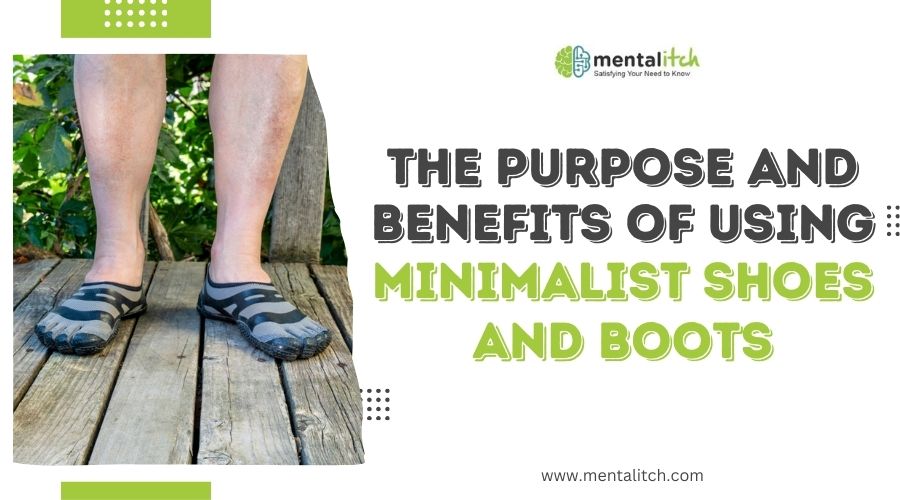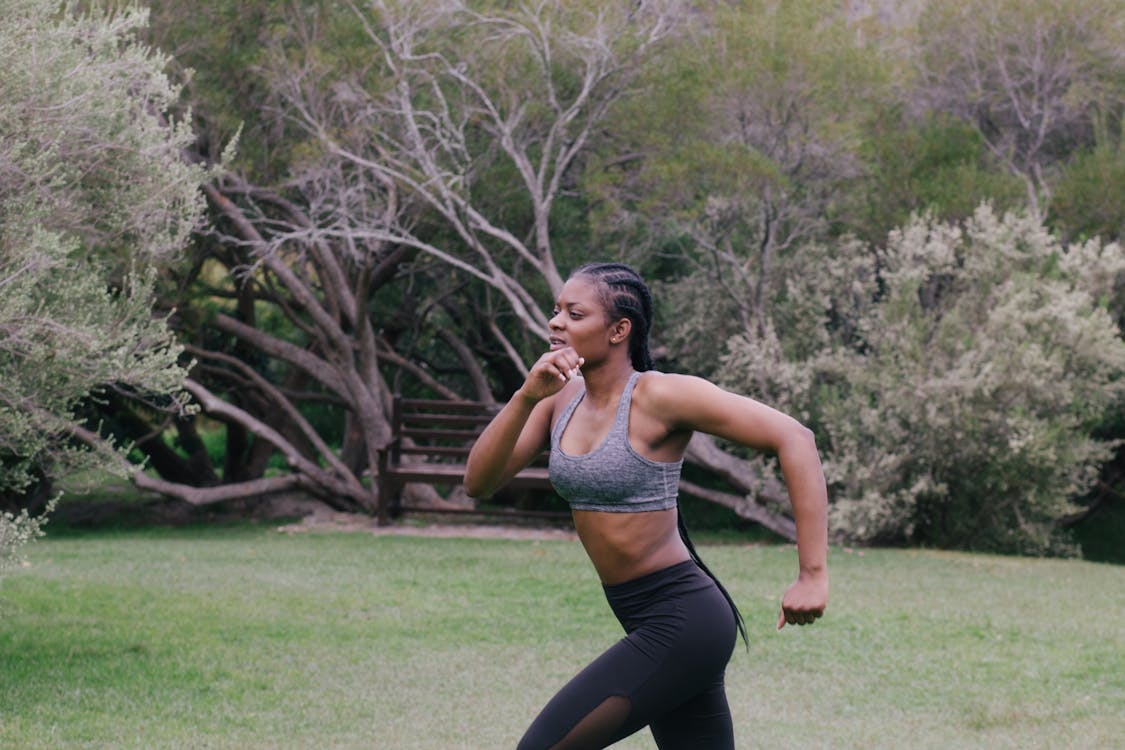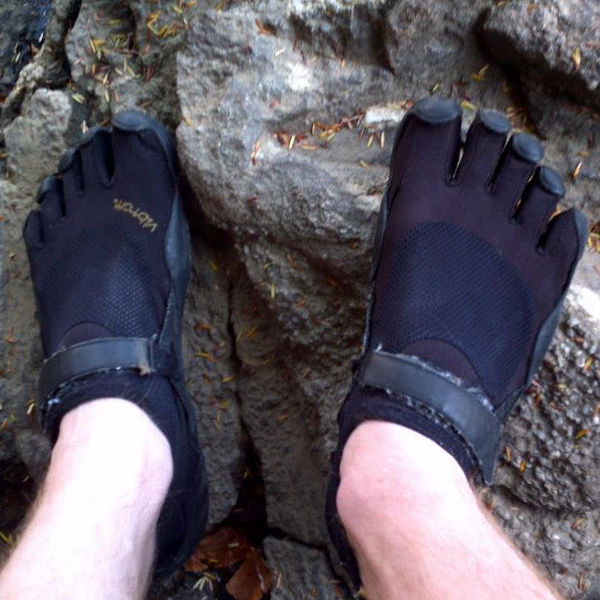When you wear minimalist shoes, you strengthen your feet, enhance your balance, and improve your posture. These benefits stem from their design, which encourages a more natural foot movement and alignment, potentially reducing the likelihood of common foot ailments.
By promoting a barefoot-like experience, minimalist footwear not only supports your physical health but also connects you more intimately with your environment. However, the journey to fully appreciating these benefits involves understanding how to select and transition to minimalist shoes effectively.
Let’s explore the critical aspects that can make this shift a transformative experience for your feet and overall well-being.
Key Takeaways
- Minimalist shoes mimic barefoot movement, enhancing posture and natural foot mechanics.
- They promote foot health by strengthening muscles and supporting natural arches.
- Wearing minimalist footwear reduces the risk of injuries by improving balance and proprioception.
- Features like a thin sole and wider toe box boost sensory feedback and proper alignment.
Defining Minimalist Footwear
Minimalist footwear, characterized by its lightweight and flexible design, closely mimics the experience of walking or running barefoot. When you slip into a pair of minimalist shoes, you’re choosing a path closer to nature’s intended way of moving. Unlike traditional footwear that often features thick soles and substantial cushioning, these shoes boast a zero heel-to-toe drop. This design choice isn’t arbitrary; it’s central to the shoe’s purpose. By keeping the sole thin and flexible, you’re not just stepping closer to the ground—you’re enhancing your sensory feedback. It’s all about feeling more with less.
These minimalist shoes don’t just aim to replicate the barefoot experience; they strive to promote natural foot movement. You might wonder why this matters. Well, it’s simple: moving naturally is key to strengthening your foot muscles and improving proprioception. This isn’t about stripping back for the sake of it; it’s about encouraging a more efficient, natural gait pattern. And with that comes a potential reduction in the risk of certain foot and lower body injuries. By wearing minimalist shoes, you’re allowing your feet to move as they’re meant to, unencumbered and free.
Enhancing Natural Movement
Building on the foundation of natural foot movement, it’s clear that wearing minimalist shoes and boots significantly enhances how you move, fostering a more natural and efficient gait. These barefoot shoes allow your feet to function without the crutch of artificial support, encouraging proper alignment and muscle engagement. This not only leads to improved foot health but also contributes to an overall better posture.
By mimicking the experience of walking barefoot, minimalist footwear strengthens the muscles in your feet. This increased muscle engagement enhances proprioception, or the awareness of the position and movement of the body, which is crucial for maintaining balance and stability. The flexibility offered by these shoes supports a more natural walking and running pattern, effectively reducing the risk of injuries associated with more traditional, restrictive footwear.
Moreover, by promoting a closer connection with the ground, minimalist shoes and boots provide a sensory-rich experience. This connection bolsters your balance and stability, making every step you take feel more natural and grounded. In turn, this improved interaction with your environment can have a profound impact on your overall movement efficiency and comfort.
Foot Health Advantages
Switching to minimalist shoes could be a game-changer for your foot health.You’ll notice an improvement in your natural foot movement and a lower risk of injuries like plantar fasciitis. These benefits stem from the shoes’ design that promotes stronger foot muscles and better alignment.
Improved Natural Foot Movement
Embracing minimalist shoes can significantly enhance your foot’s natural movement, promoting stronger and more flexible muscles. By closely mimicking barefoot walking, these shoes allow your feet to move as they’re naturally designed to, which brings a host of benefits:
- Promotes natural foot movement: Your feet aren’t restricted by overly structured shoes, leading to improved agility and balance.
- Strengthens foot muscles: Regular use increases muscle engagement and strength, reducing the likelihood of atrophy.
- Enhances proprioception: You’ll gain a better sense of the ground beneath you, improving your reaction to various terrains.
- Supports natural arch: The minimalist design aids in maintaining the foot’s arch, promoting better posture and alignment.
Switching to minimalist footwear can be a game-changer for your foot health, encouraging a more natural and efficient way of movement.
Reduced Risk of Injury
Did you know that minimalist shoes can significantly lower your risk of foot injuries by promoting stronger foot muscles and improved foot function?
These shoes are designed to enhance proprioception and balance, drastically reducing your chances of ankle sprains and other foot-related injuries. The improved foot strength and flexibility you gain can help ward off plantar fasciitis and similar foot problems.
With less cushioning, these shoes encourage a more natural gait, lowering the risk of overuse injuries. Furthermore, they can correct biomechanical issues, potentially decreasing the likelihood of knee and hip injuries.
It’s clear that making the switch to minimalist shoes could be a step toward healthier feet and a stronger body.
Posture and Gait Improvement
Often, minimalist shoes can significantly improve your posture and gait by promoting natural foot mechanics. By encouraging your feet to move and align in a more natural manner, these shoes are crucial for anyone looking to enhance their walking and standing habits. Here’s how they can transform your posture and gait:
- Better posture: Since minimalist shoes encourage natural foot movement, your body aligns properly from the ground up, leading to improved posture. This is because when your feet can move freely, the rest of your body can align more naturally.
- Enhanced gait patterns: The freedom of movement and flexibility provided by minimalist shoes allow for a more efficient and natural gait pattern. You’re not just walking; you’re walking the way your body was designed to.
- Improved balance and stability: With a stronger foundation, you gain better balance and stability, which are key for a healthy posture and smooth gait.
- Strengthened foot muscles: Wearing minimalist shoes helps to strengthen the muscles in your feet. Stronger foot muscles support a more biomechanically sound gait, making every step you take more effective and less prone to injury.
Incorporating minimalist shoes into your life can be a game-changer for your foot health, posture, and gait.
Strength and Endurance Benefits
After exploring how minimalist shoes can transform your posture and gait, let’s examine their role in boosting foot strength and endurance. By wearing minimalist shoes, you’re not just stepping into a new style; you’re engaging often overlooked muscles in your feet. This not only builds foot strength but also significantly contributes to your endurance. You’ll notice a shift towards a more efficient running gait. This isn’t just about speed; it’s about how your body conserves energy, letting you run longer distances without feeling worn out.
The magic doesn’t end there. The design of minimalist shoes, with their reduced cushioning and support, enhances your proprioception and balance. This means you’re not just running; you’re fine-tuning your body’s ability to sense and adapt to various terrains, making every step a strength-building exercise.
Even if you’re more of a trekker, minimalist boots offer the same benefits. They support longer treks without sacrificing the gains in foot strength and endurance. Remember, transitioning gradually is key. It allows your feet to adapt, building endurance and preventing injuries through improved foot mechanics. So, lace up and step into a stronger, more enduring version of yourself.
Minimalist Design Perks
Minimalist shoes, with their sleek and straightforward design, significantly elevate your walking and running experience by promoting natural foot movement and alignment. Unlike traditional footwear that may restrict or alter your natural stride, these shoes ensure your feet move as they’re naturally designed to, enhancing your overall foot health and comfort.
Here’s why minimalist shoes stand out:
- Thin Sole: This feature increases sensory feedback from the ground, allowing you to adjust your stride in real-time for a more responsive and natural walking or running experience.
- Proper Foot Alignment: By encouraging the natural alignment of your feet, minimalist shoes help prevent common injuries and discomforts associated with poor foot posture.
- Muscle Engagement: The design of these shoes promotes active engagement of foot and leg muscles, which can lead to stronger, more resilient feet over time.
- Toe Box Shape: A wider toe box allows for natural toe splay, which is essential for optimal foot function and balance. This aspect of minimalist shoes ensures your feet aren’t cramped or restricted, further supporting healthy foot mechanics.
In embracing minimalist shoes, you’re not just choosing a piece of footwear; you’re opting for a healthier, more natural way to move through your world.
Choosing Your Minimalist Pair
Now that you understand the benefits of minimalist shoes, it’s crucial to know how to select the right pair for your needs. When browsing, you’ll want to focus on a few key features that define a true minimalist shoe. Here’s a handy table to guide your choice:
| Feature | Why It Matters |
|---|---|
| Zero Drop | Promotes a natural foot position and gait. |
| Wide Toe Box | Allows for toe splay, enhancing foot alignment. |
| Flexible Soles | Enhances sensory feedback and foot strength. |
| Quality & Durability | Ensures long-term use and value from your investment. |
First, zero drop is a non-negotiable. It ensures your foot lies flat, mimicking barefoot walking and running. This aids in a more natural movement pattern. A wide toe box is next on your checklist. It gives your toes the freedom to spread out, reducing pressure and aligning your feet properly.
Don’t overlook the importance of flexible soles. They’re crucial for feeling the ground beneath you, which strengthens your feet over time.
Conclusion
In conclusion, minimalist shoes and boots empower you to move as nature intended, boosting your foot health, balance, and overall posture. They not only encourage a natural gait and reduce lower body pain but also strengthen your feet and enhance endurance.
With their sleek design, you’ll enjoy both style and functionality. Choosing the right minimalist pair means investing in your physical well-being, ensuring a more connected and resilient you.
Embrace the change and step into a world of improved movement and comfort.



